Introduction to Chess and Draughts
Chess and draughts (also known as checkers in the United States) are two of the most widely played board games across the globe. Both games are revered for their strategic depth and have been played for centuries. Each has distinct rules, strategies, and skill sets, often leading to comparisons on various aspects including complexity, strategic planning, and intellectual challenge.
Basic Rules and Gameplay
Chess
Chess is played on an 8x8 square board, initially setup with 16 pieces per player, comprising a king, a queen, two rooks, two knights, two bishops, and eight pawns, each with their own specific movements. The primary goal in chess is to checkmate the opponent's king, which means putting the king in a position to be captured (check) from which there is no escape.
Draughts
Draughts is played on the same board size but uses only 12 pieces per player, all identical. The pieces move diagonally and can capture opponent's pieces by jumping over them. The main aim is to either capture all the opponent’s pieces or block them such that no legal move is possible. The game features promotion to a king, which occurs when a piece reaches the farthest row from its starting position, enhancing its mobility.
Strategic Complexity and Decision Making
Chess
Chess is characterized by its immense strategic depth. Each piece on the board has its own method of movement, which allows for a vast array of possible moves at any given point in the game. Players must consider both offensive strategies to attack the opponent and defensive strategies to protect their own king. Strategic planning in chess includes developing pieces early, controlling the center of the board, and understanding numerous opening theories.
Draughts
The strategy in draughts is generally more straightforward but not necessarily less challenging. Draughts relies heavily on tactical skills, such as foreseeing sequences of multiple jumps and positioning pieces to either protect one's own pieces or to block the opponent's pieces. The forced capture rule in draughts, where if a player can make a capture they must, adds a layer of complexity, often leading to sacrificial and multi-step strategic plays.
Skills Required for Mastery
Both games require a range of cognitive skills from their players, albeit focusing on different areas. Chess demands great depth of knowledge and the ability to think several moves ahead. It also requires players to recognize patterns and have a firm grasp of complex strategies for different phases of the game (opening, middlegame, and endgame).
Draughts, while seemingly more accessible with its fewer piece types and simpler movements, demands intense focus on the tactical aspects of the game, calculating sequences of moves and the potential branching of these sequences. Similar to chess, foreseeing and planning several moves ahead is crucial, especially in high-level play.
Popularity and Cultural Impact
Chess has often been considered a game of intellectuals and has a robust competitive scene, including highly publicized world championships. It has a rich history of famous grandmasters like Garry Kasparov and Magnus Carlsen, whose matches have drawn global attention.
Draughts also enjoys popularity, particularly in countries like Russia, the Netherlands, and multiple African nations where it is not just seen as a game but as a cultural activity. The World Draughts Federation organizes world championships that draw participation from across the globe, highlighting its international appeal.
Conclusion
In conclusion, both chess and draughts offer rich, strategic gameplay and have deep intellectual and tactical demands. While chess might offer a broader scope of strategic depth due to the variety of its pieces and moves, draughts compensates with its need for tactical precision and foreseeability. Deciding which game is more challenging can often come down to personal preference and specific mental strengths, making each game unique in its appeal and challenge.
Explore our large collection of luxurious chess sets!

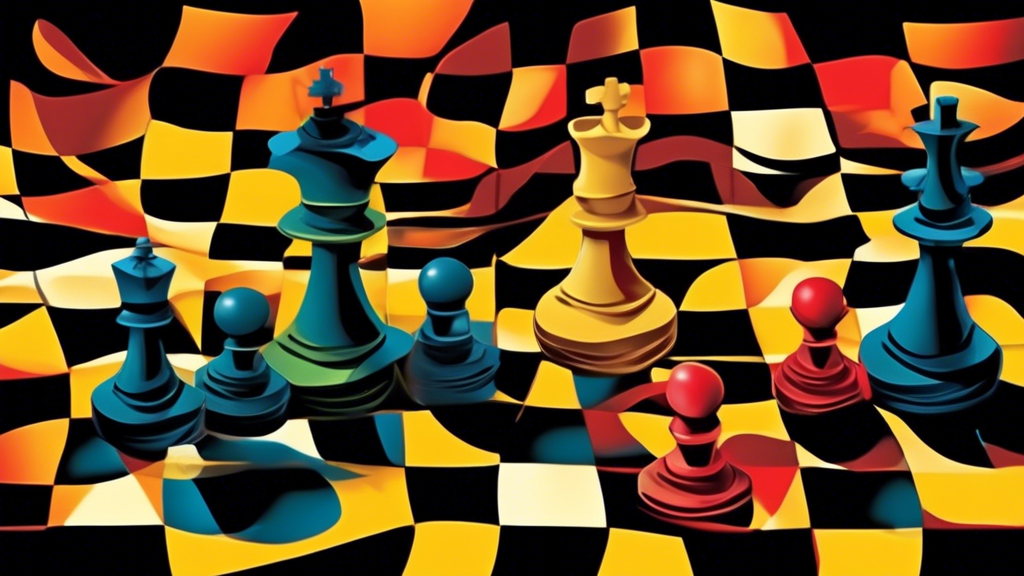
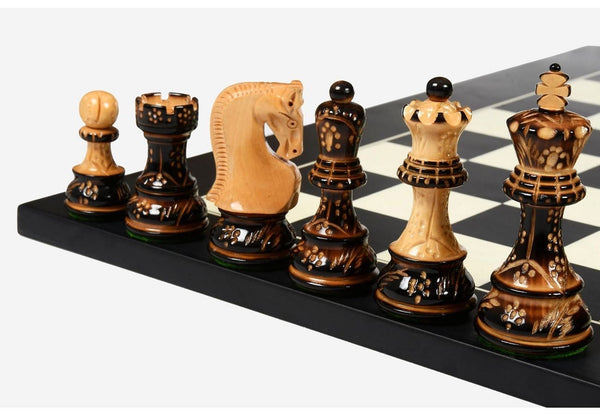
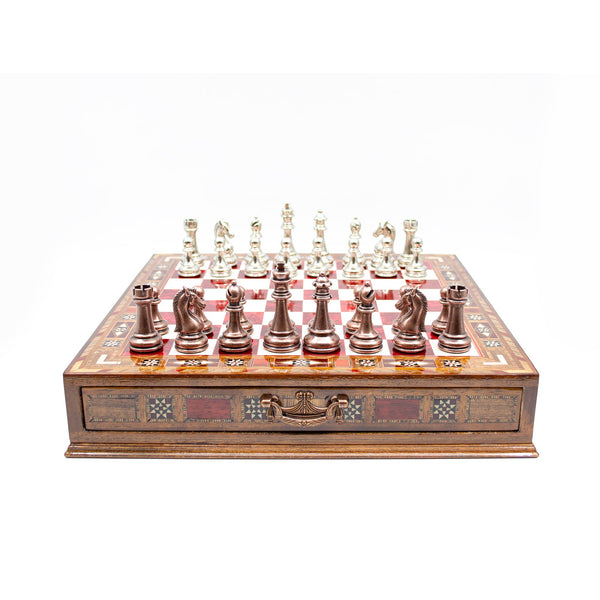
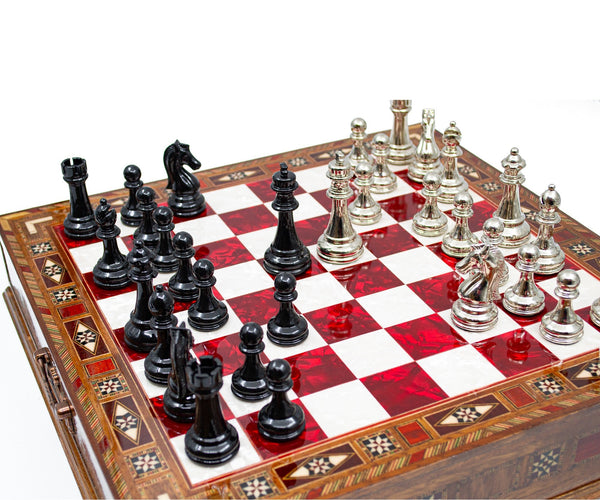
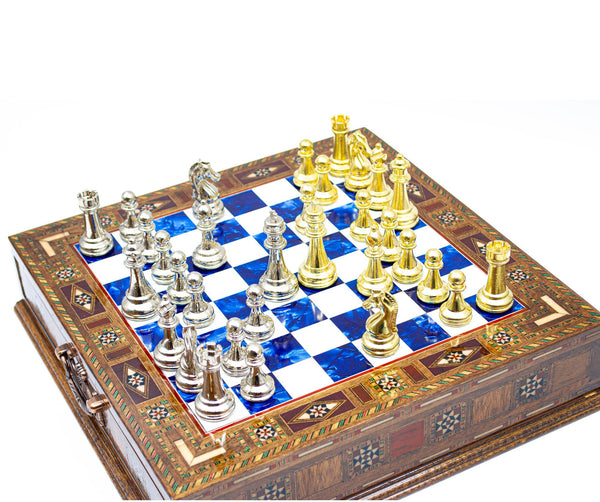
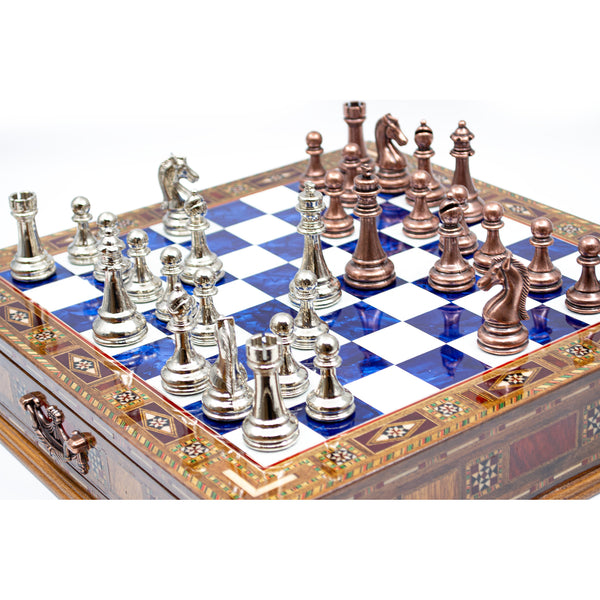
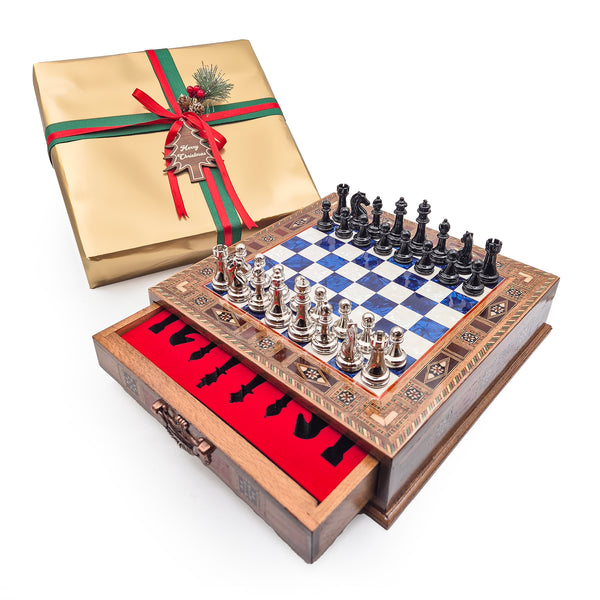







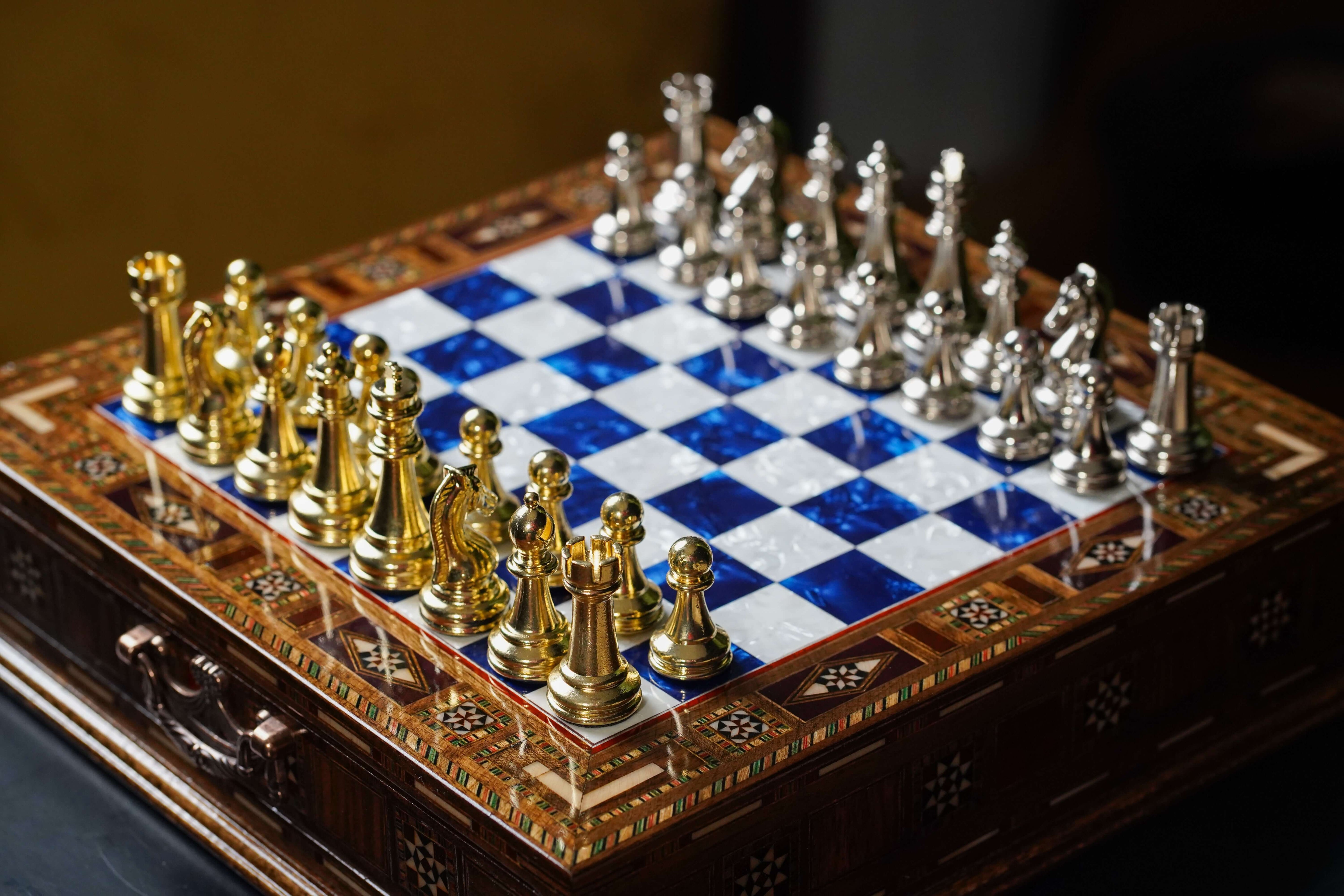
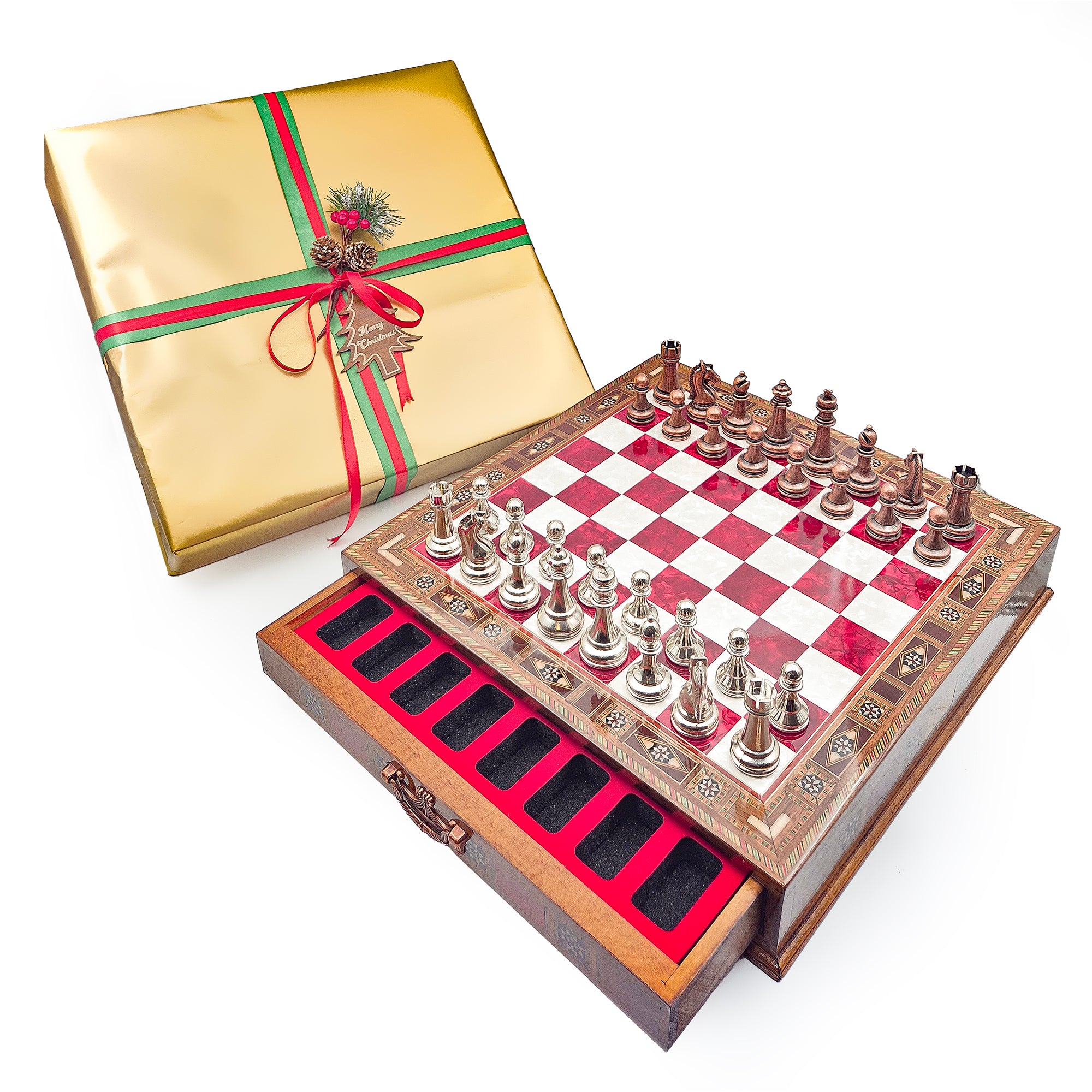
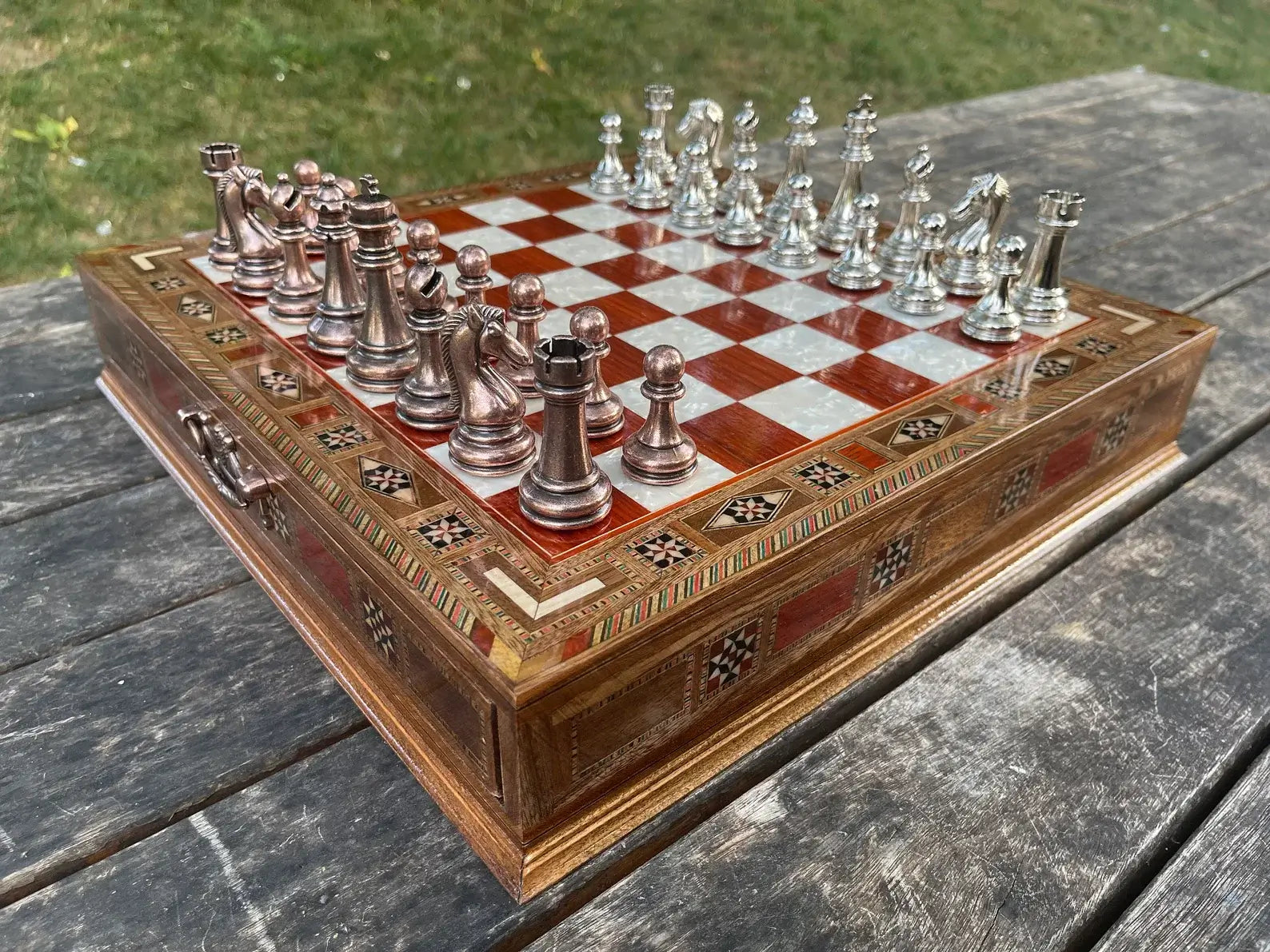
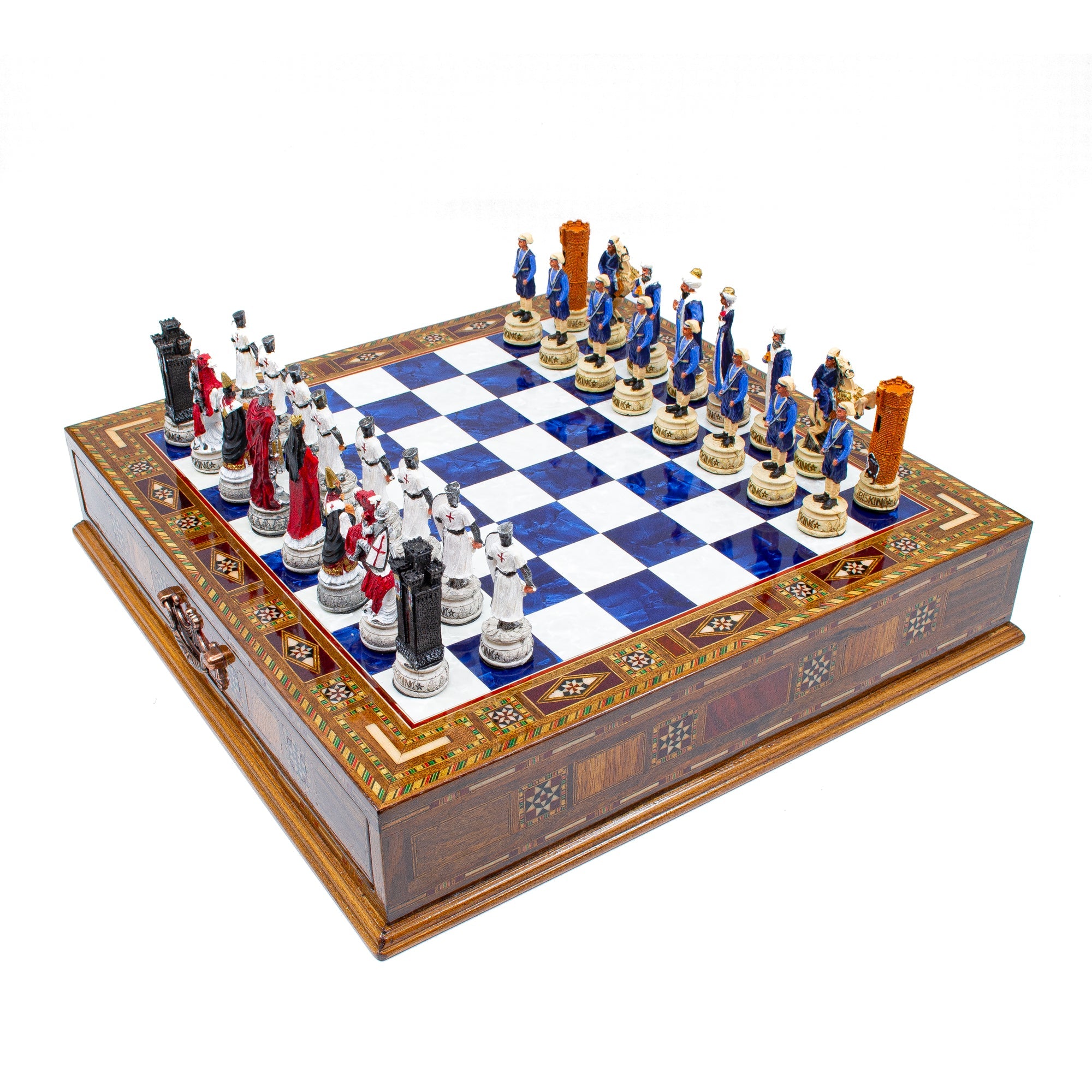
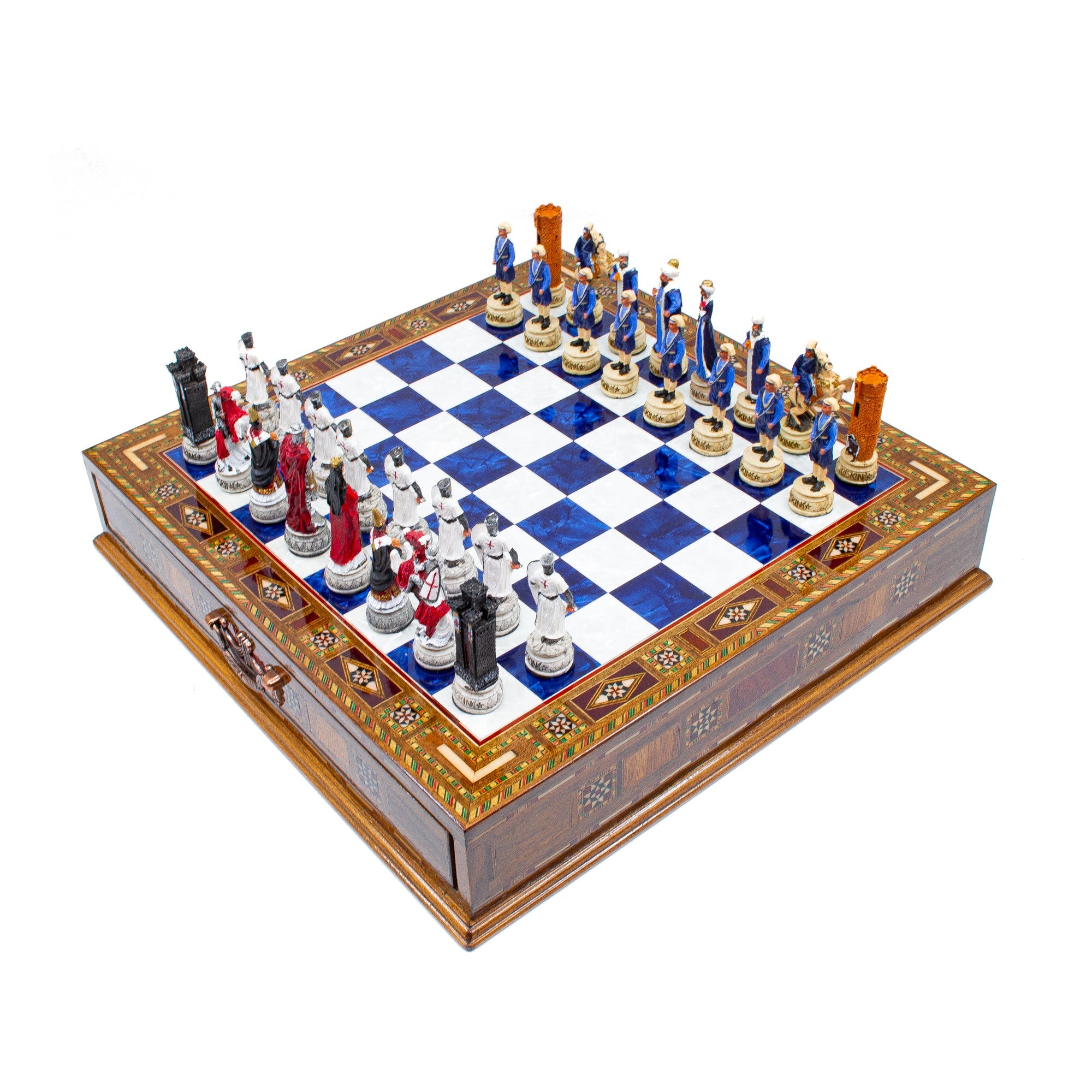
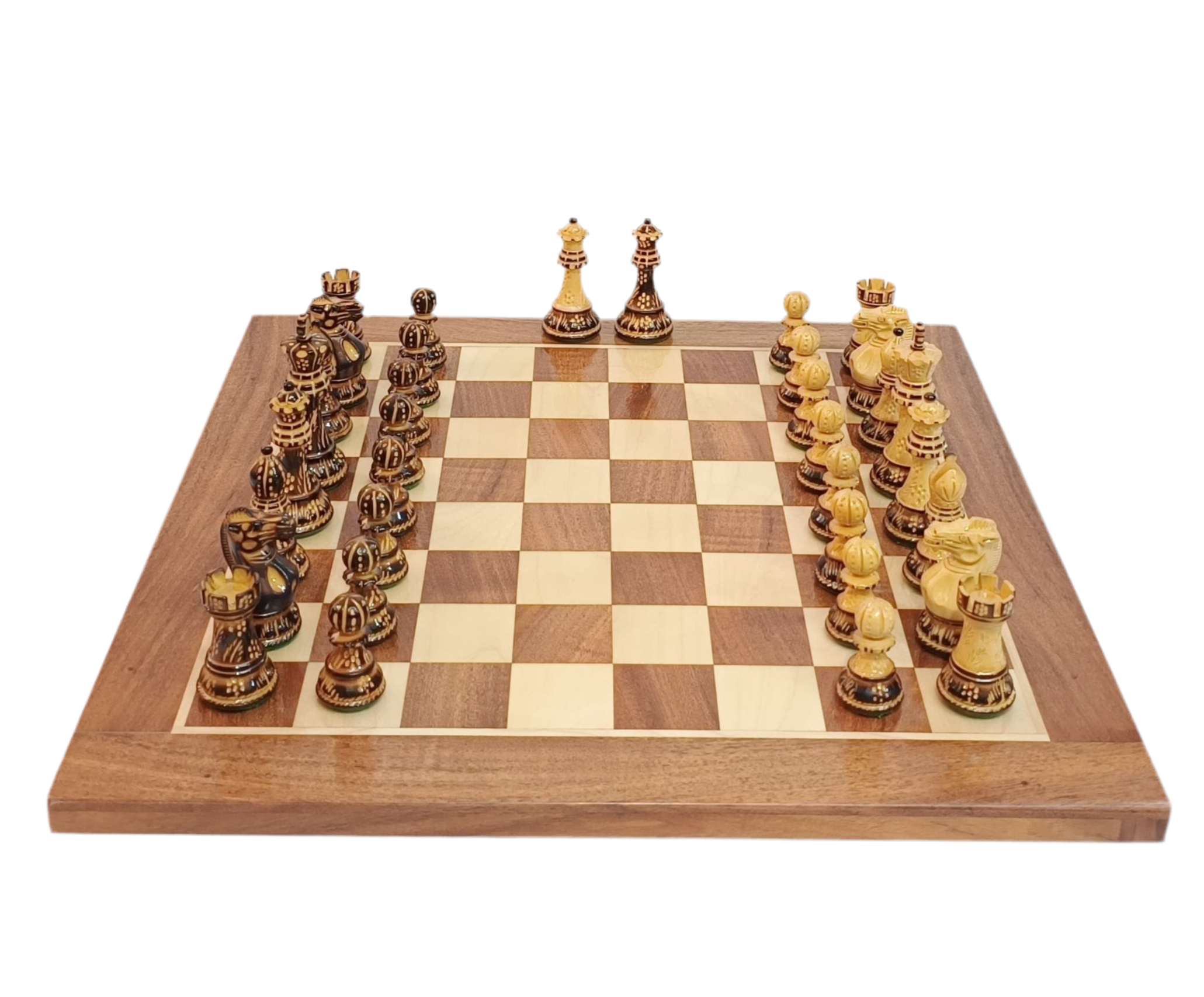
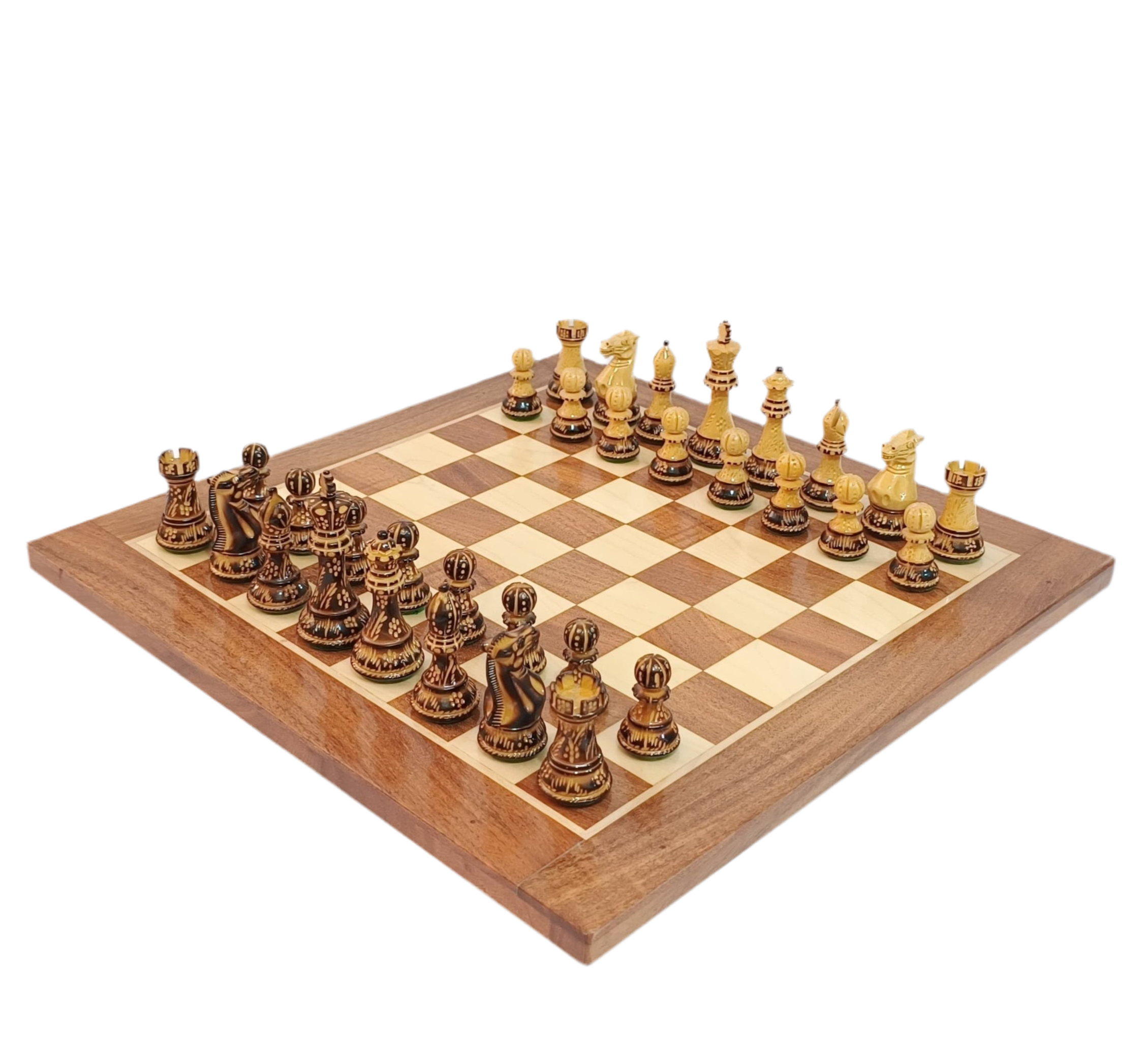
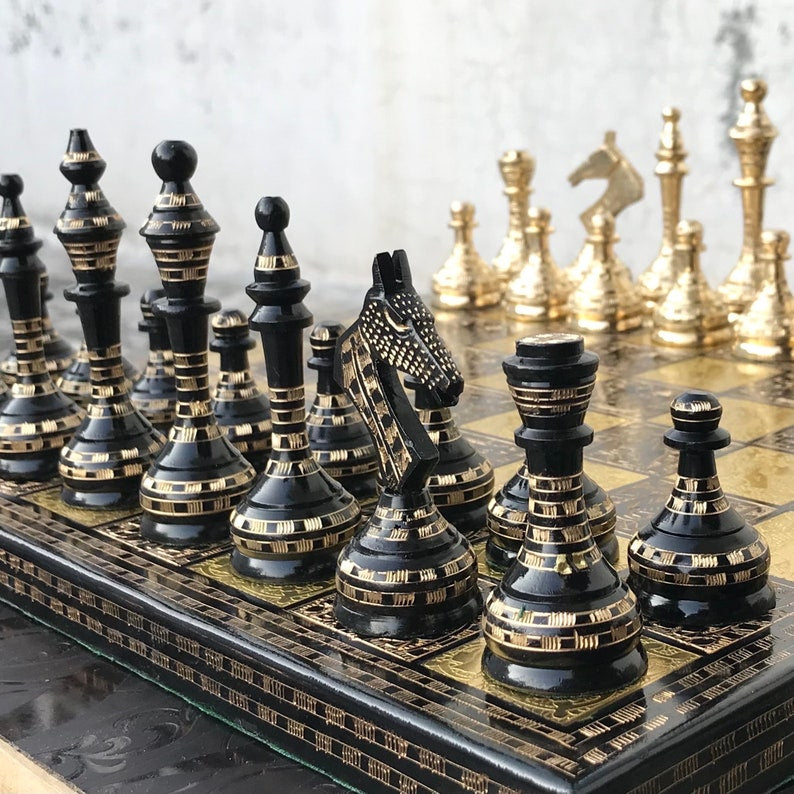
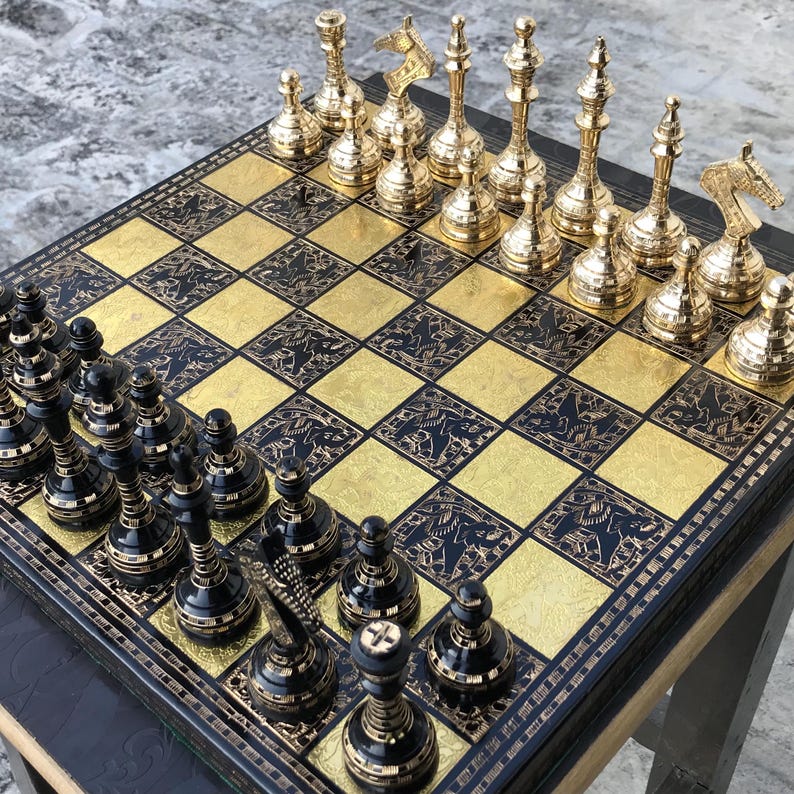


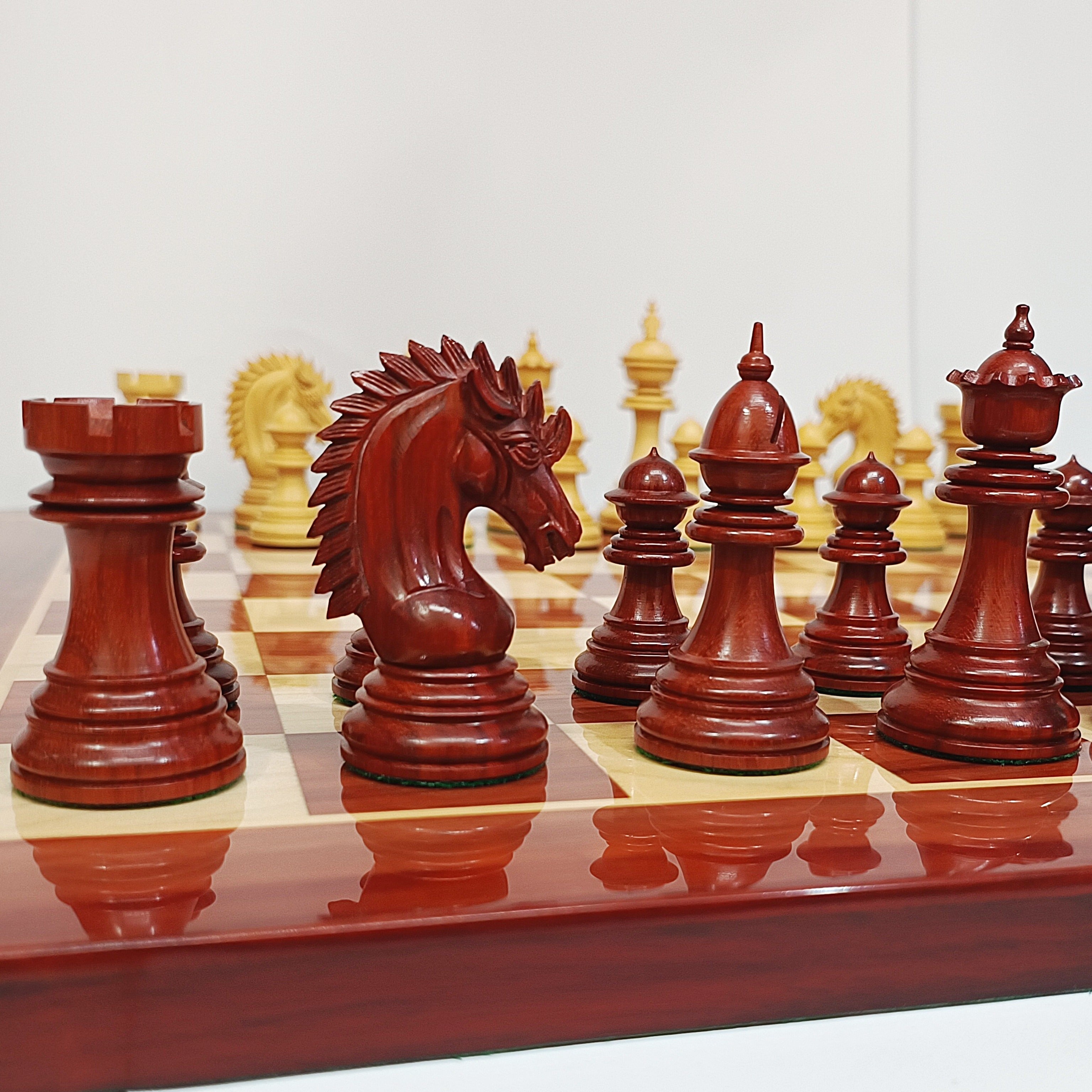
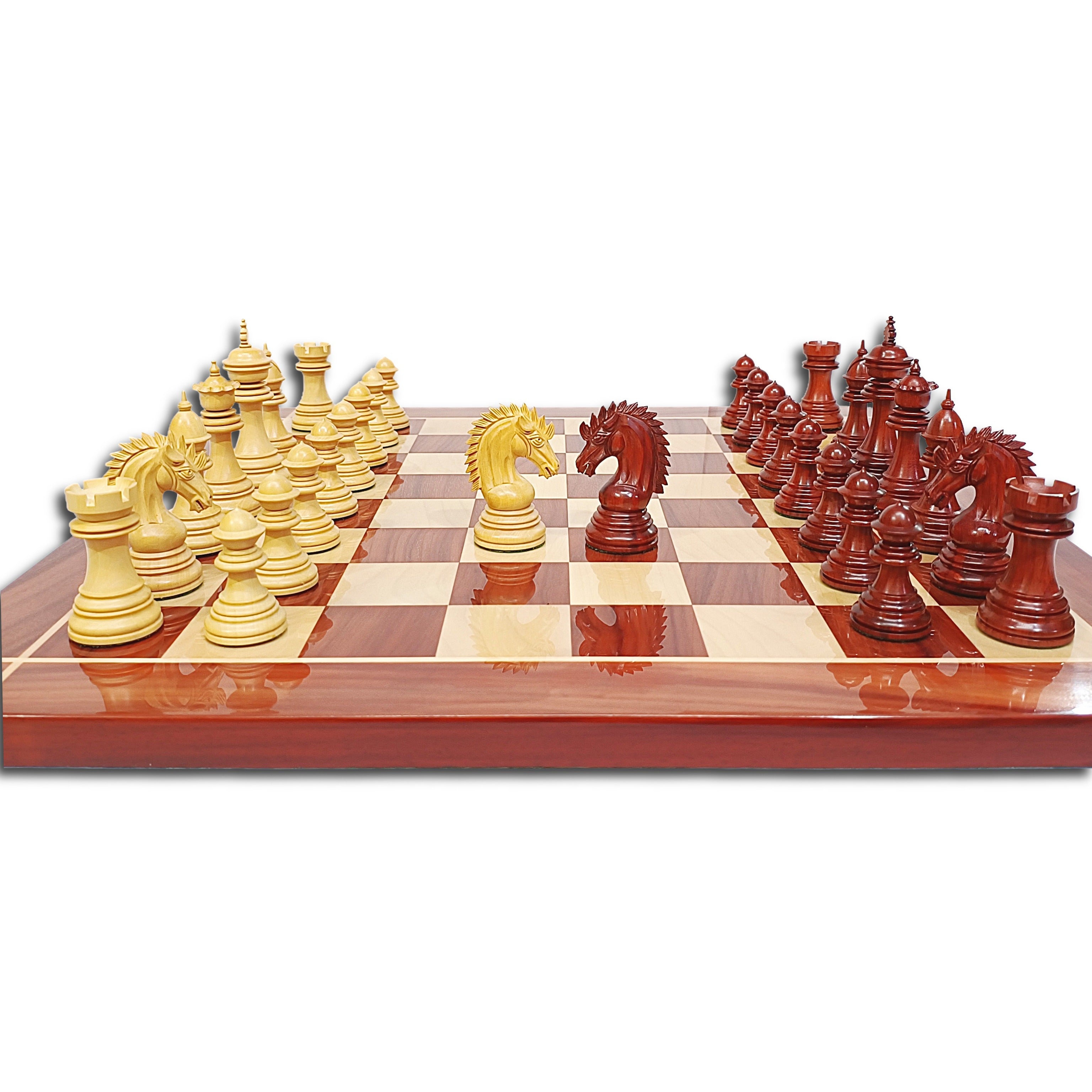

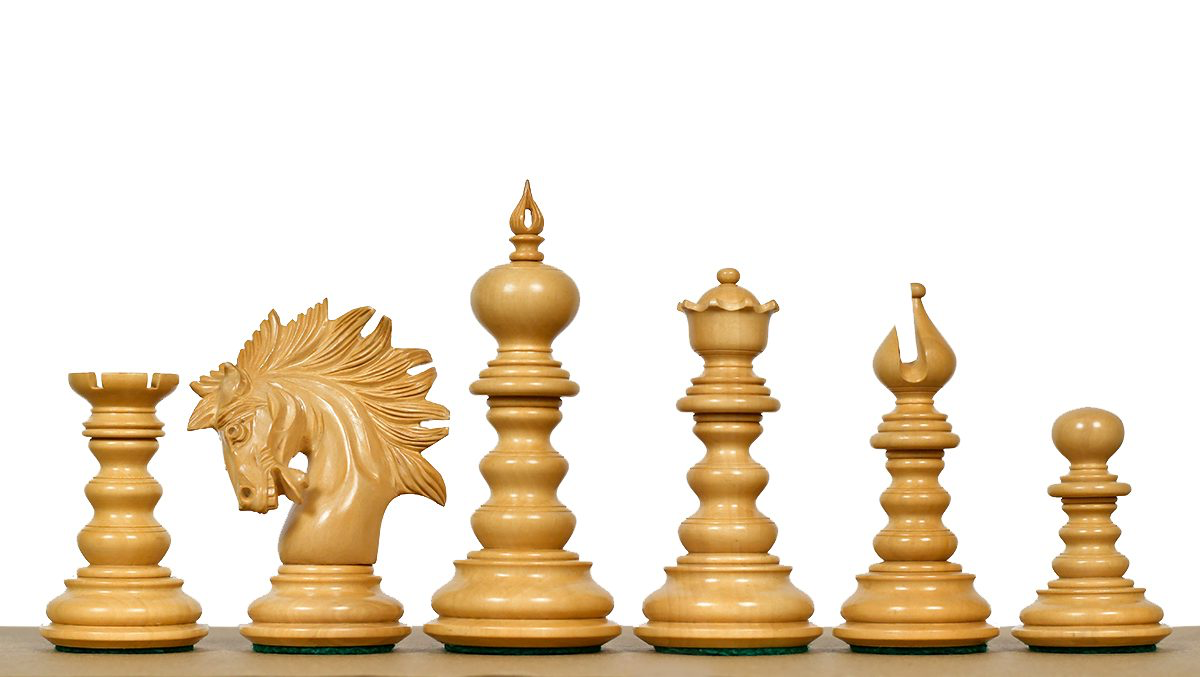
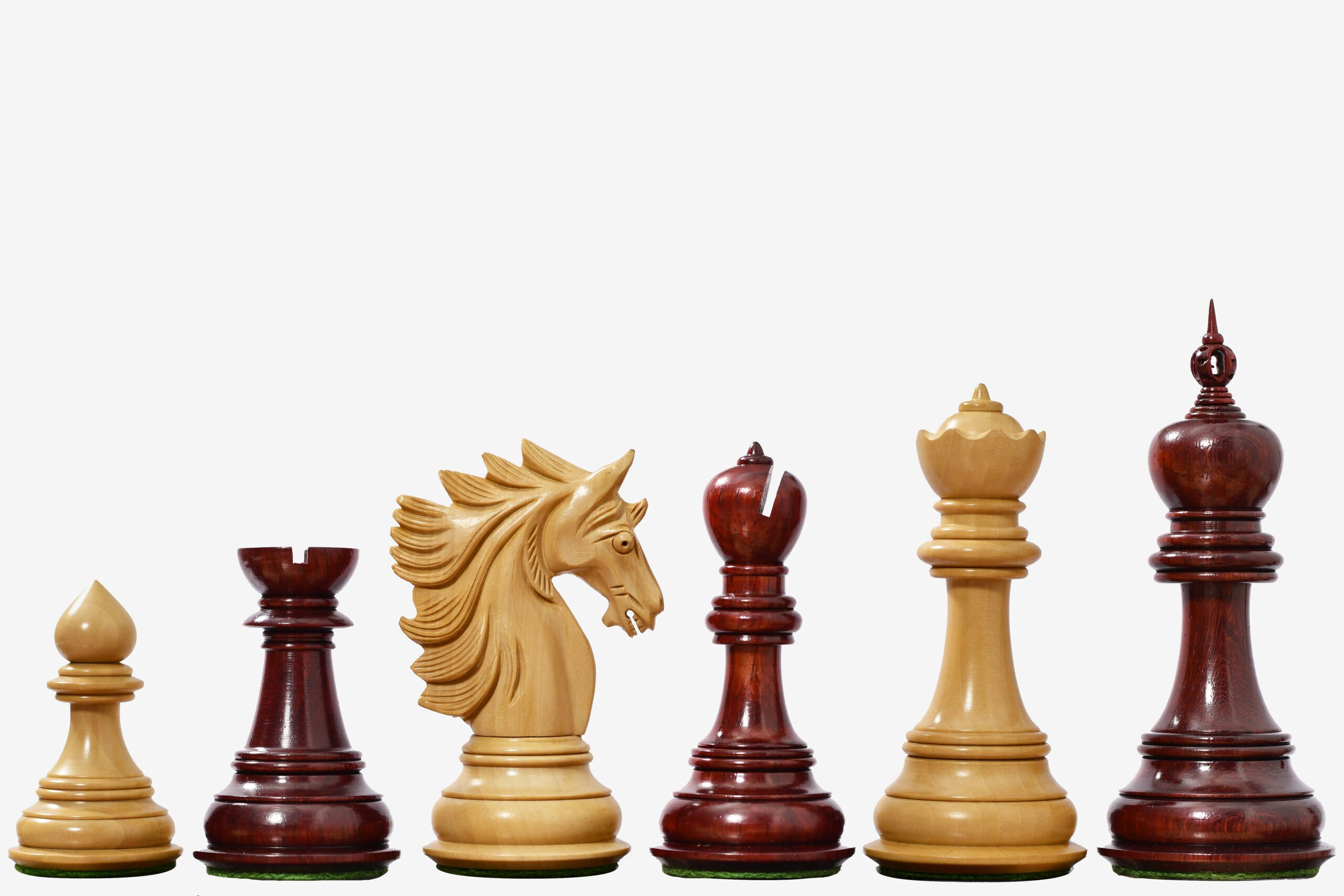
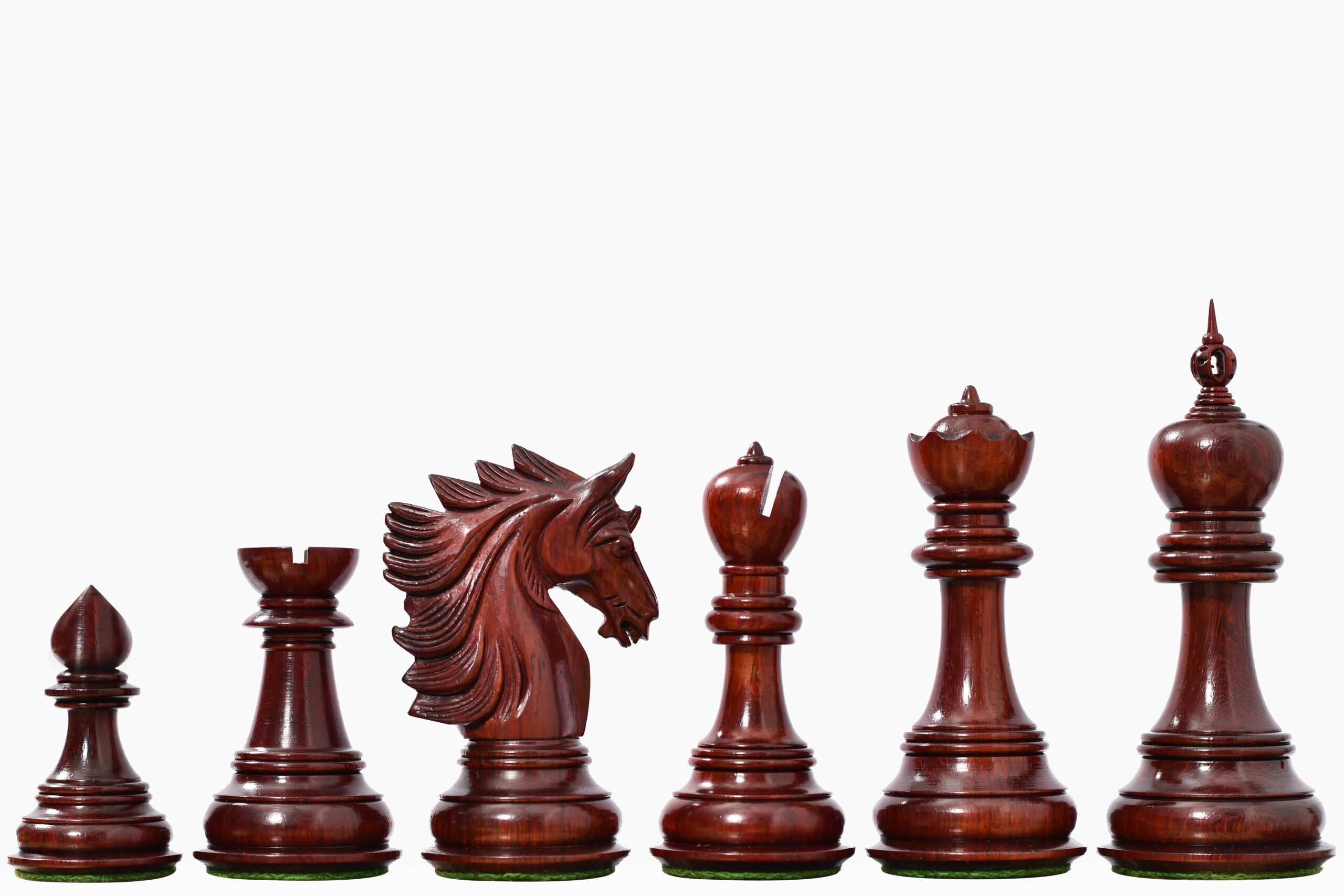
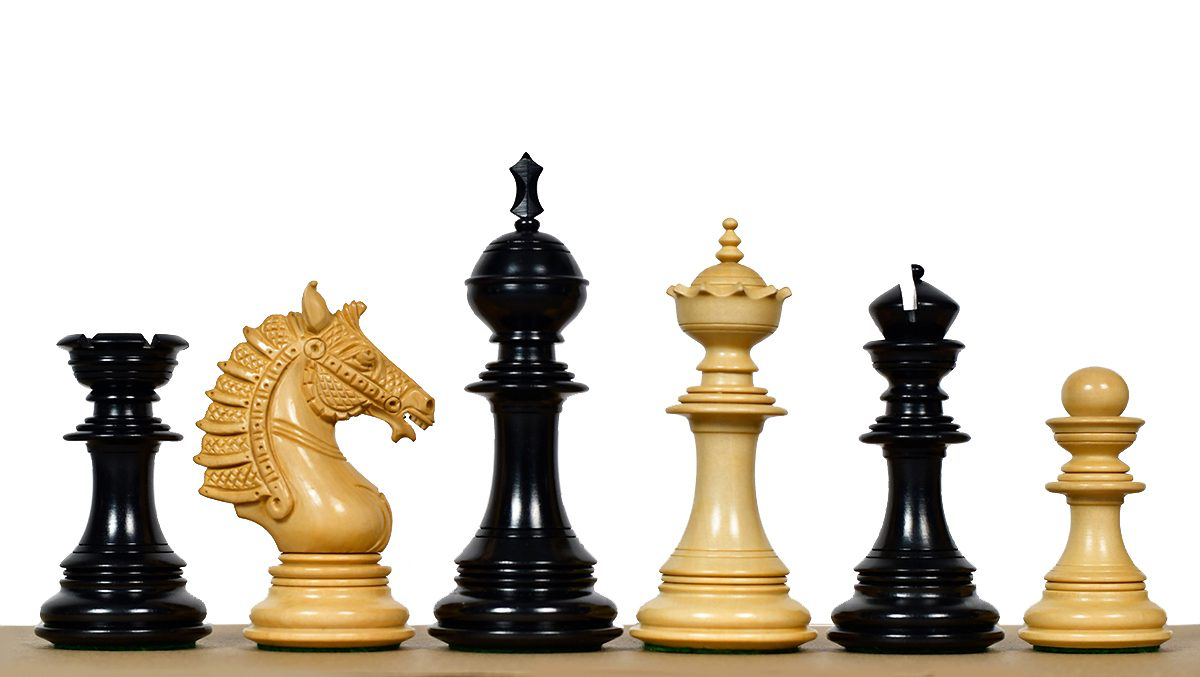
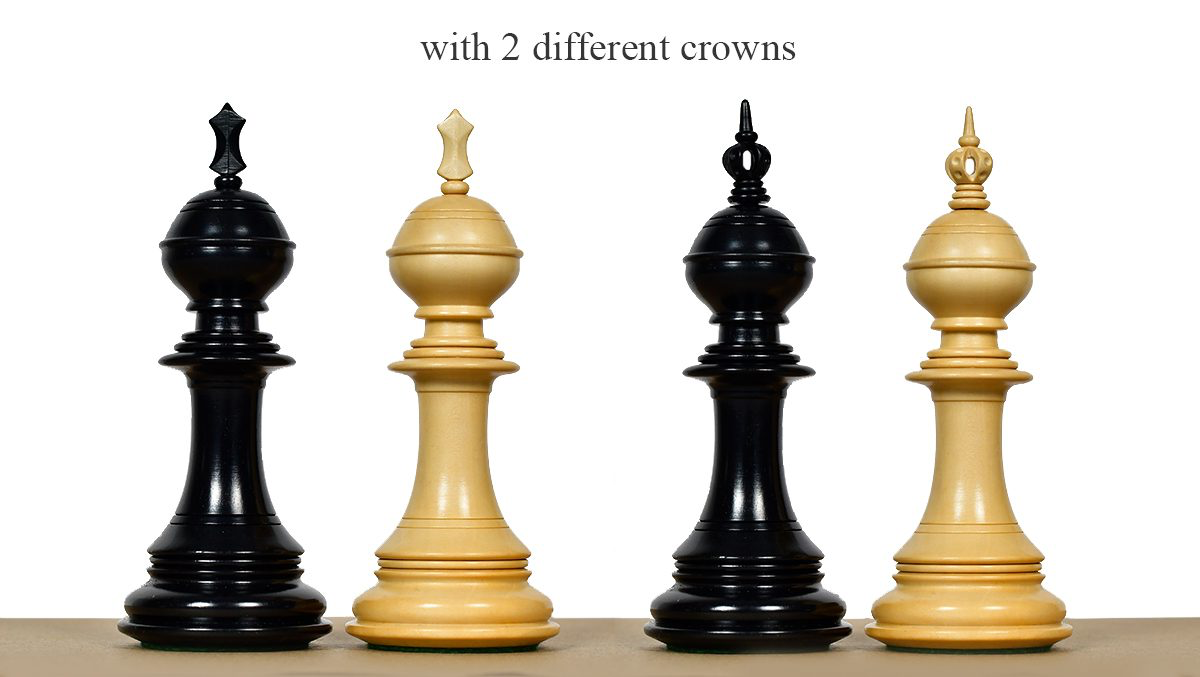
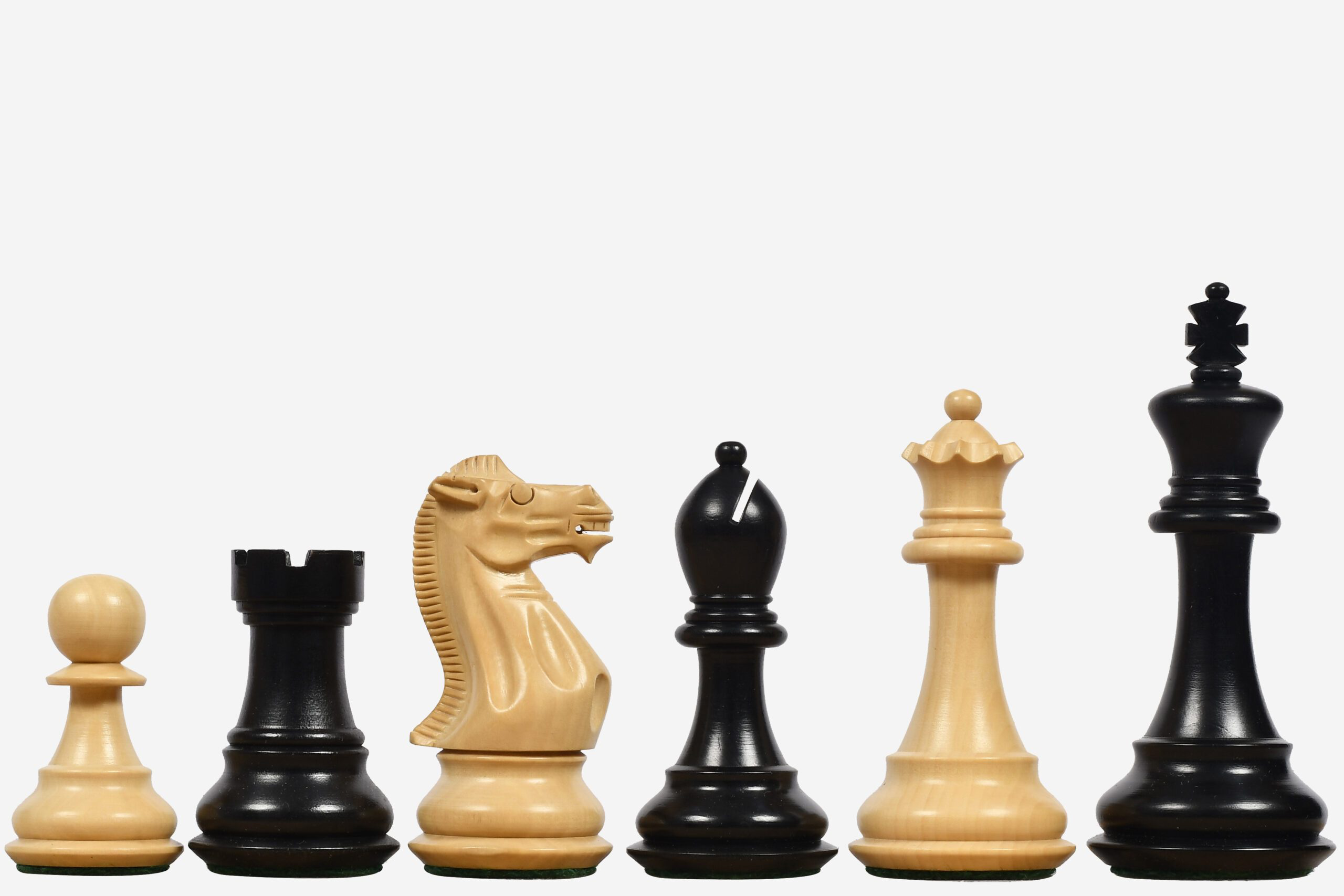
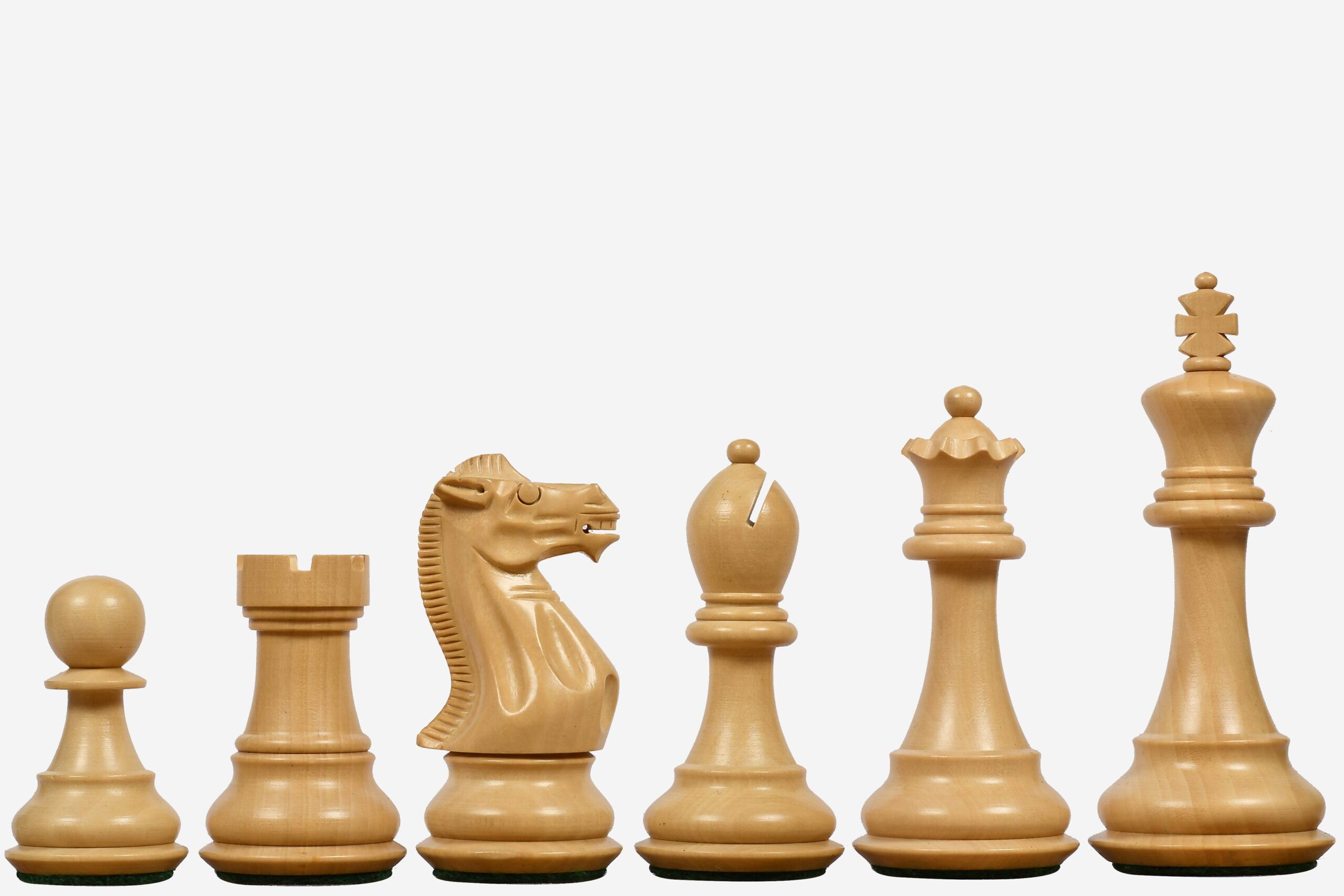
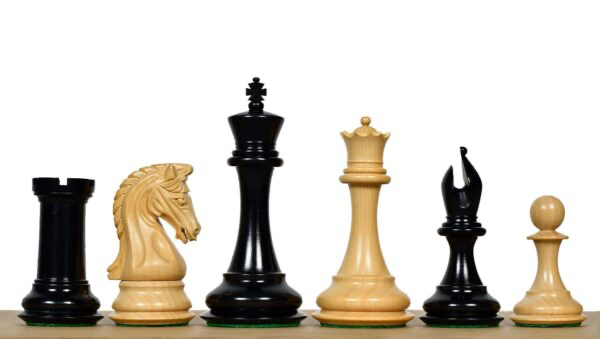
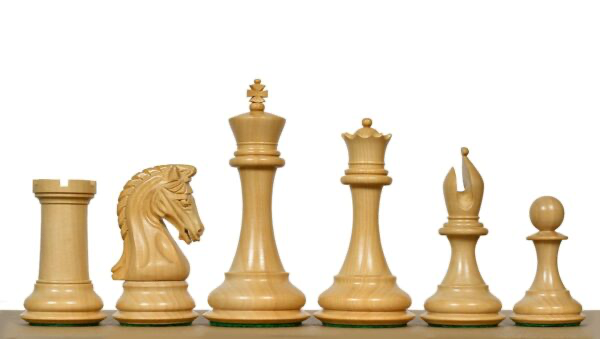
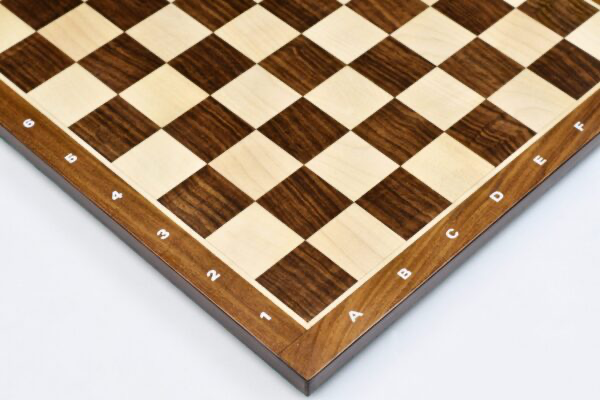
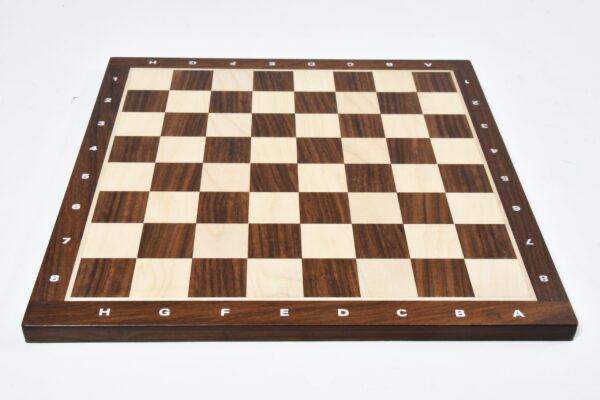
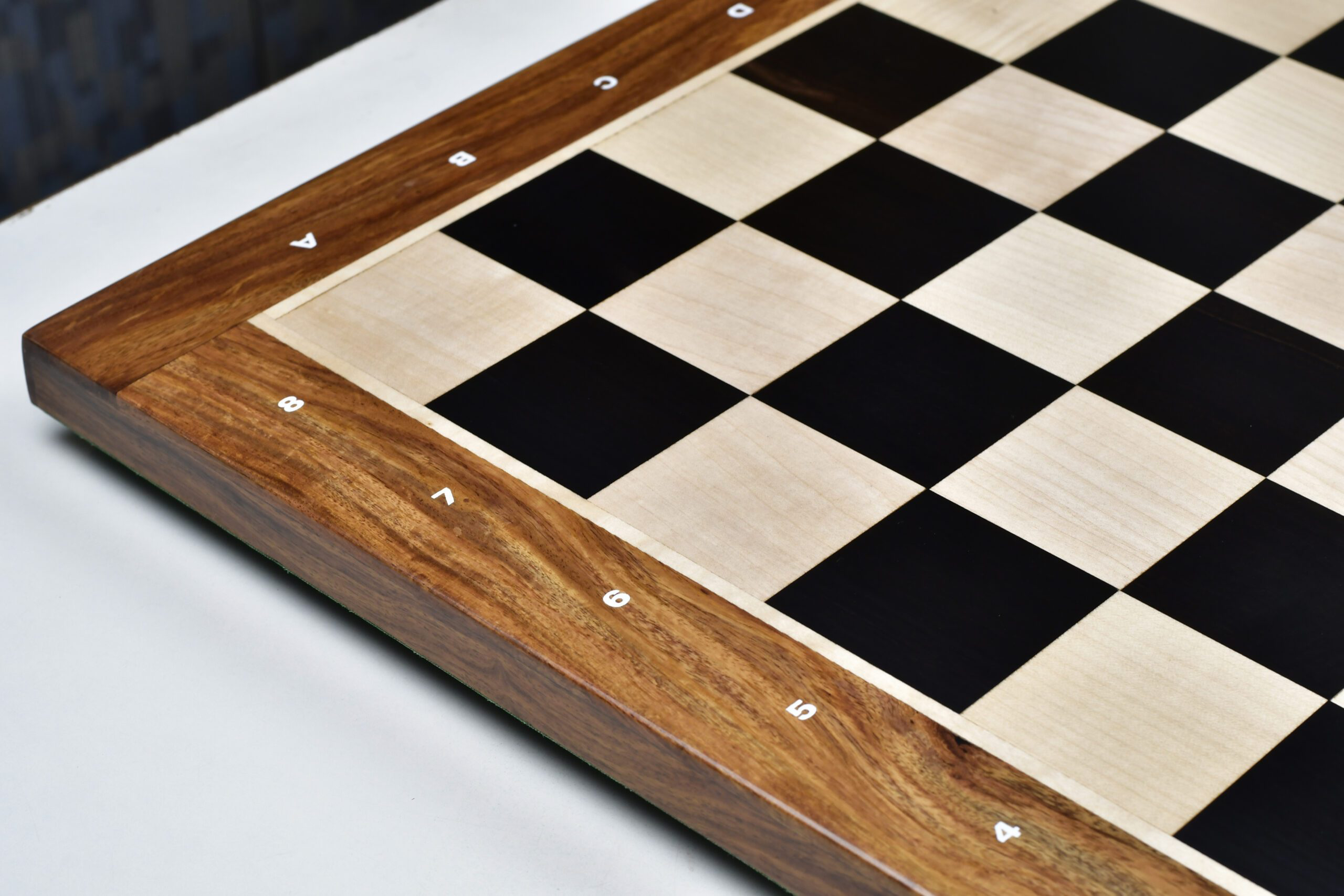
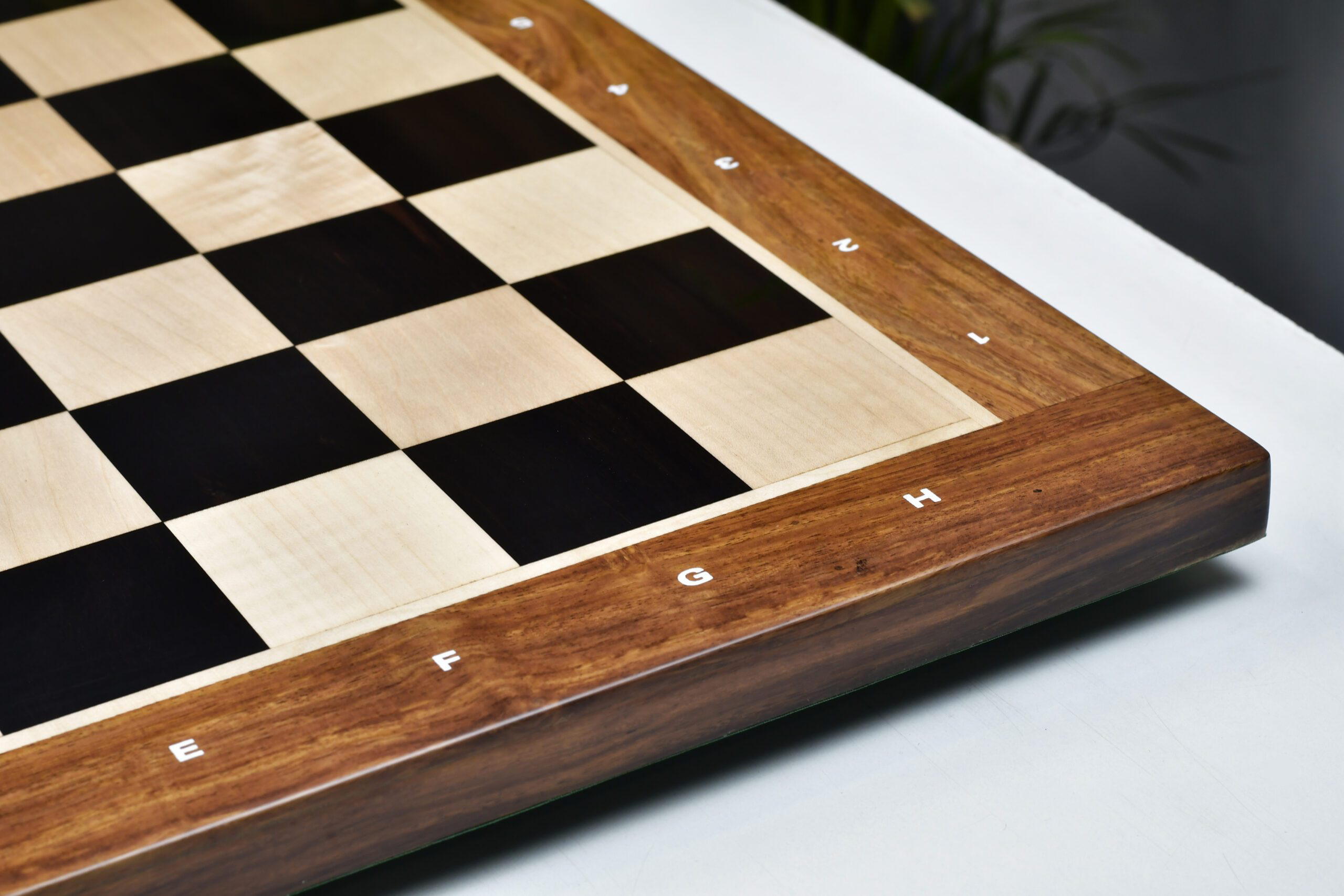


1 comment
Mr Richard J Pask
Well done for your very balanced, intelligent comments! Having written 40 books on draughts (Anglo-American checkers on an 8×8 board) however, I have to say that it is far more strategic than meets the eye. See ‘Checkers for the Novice’ and ‘Complete Checkers: Insights’ – both available on Amazon.
Leave a comment
All comments are moderated before being published.
This site is protected by hCaptcha and the hCaptcha Privacy Policy and Terms of Service apply.